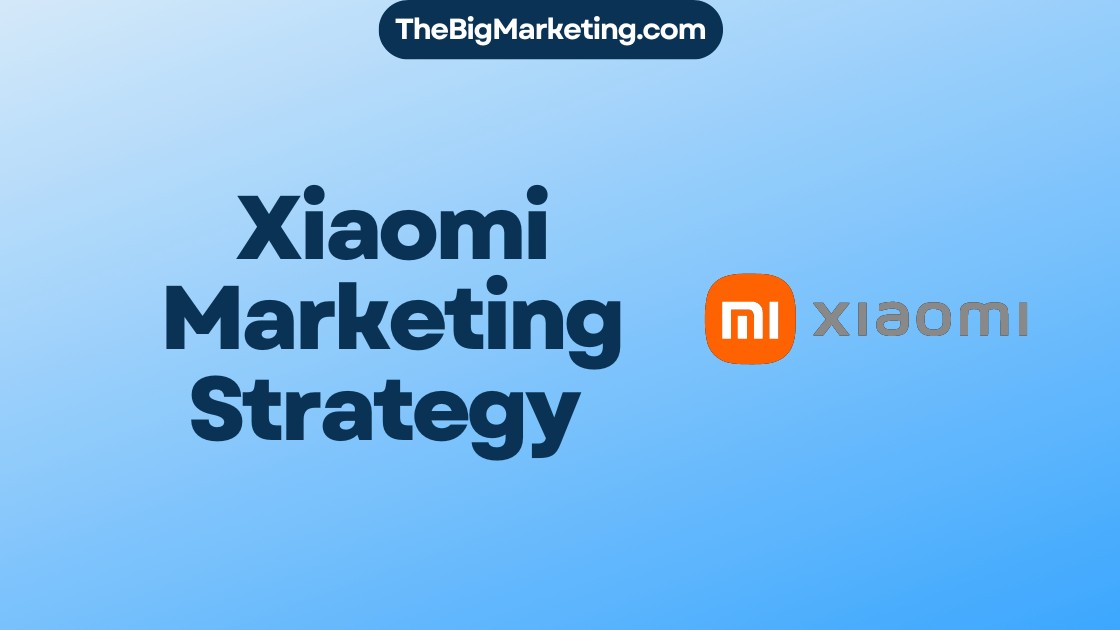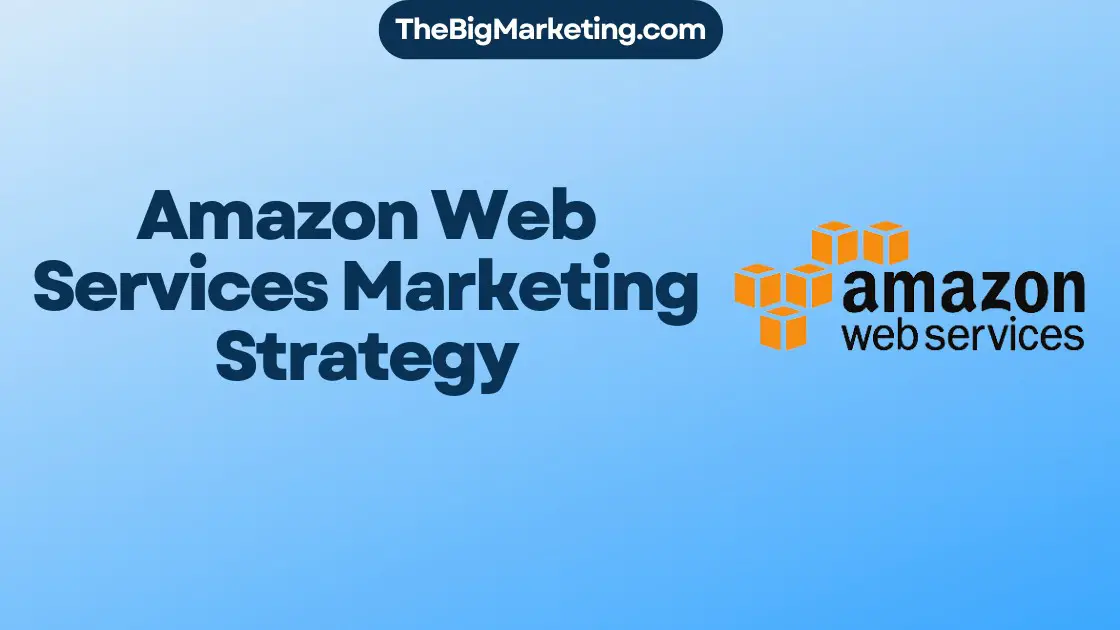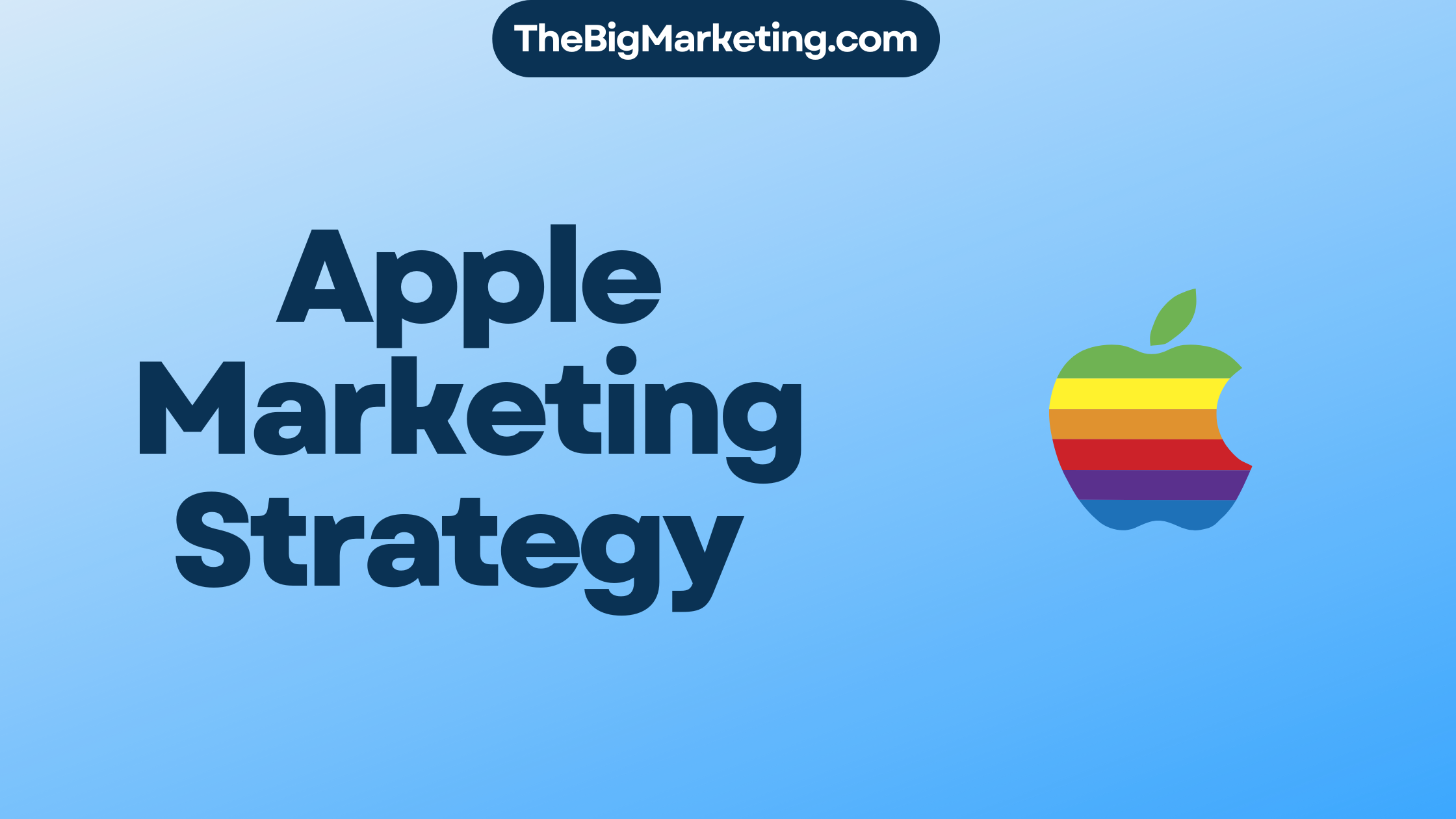WeWork started in 2010, founded by Adam Neumann and Miguel McKelvey. It has led the way in the office space field. It brought a new idea of flexible, shared workspaces. This idea aimed to change how freelancers, startups, and dynamic businesses work.
In this case study, we’ll look into WeWork’s 2024 marketing strategy. We’ll find valuable insights for businesses in similar areas. We’ll explore governance, company culture, scalability, and how to grow revenue. WeWork’s story teaches us important lessons for success.
Key Takeaways:
- Understanding the importance of revenue growth and profitability for sustainable business success.
- Scaling responsibly and having a clear vision before considering an initial public offering (IPO).
- The significance of governance, company culture, and ethical leadership in building trust with stakeholders.
- Developing a clear and sustainable business model that considers market realities and potential risks.
- Regularly reassessing business models, adjusting strategies based on market conditions, and managing debt effectively.
WeWork’s Timeline and Valification
WeWork started in 2010, aiming to change how people work. By 2014, it was valued at over $1 billion, becoming a **unicorn**. This marked the start of a new work era.
The company stood out by meeting the demands of freelancers and businesses big and small. It became known for shaking up the real estate and office rent world.
By 2014, its growth caught investors’ eyes, boosting its value. SoftBank, a big tech investor, saw potential and invested, enhancing WeWork’s **unicorn status**.
SoftBank’s **investment** began in 2017, totaling $18.5 billion. This investment helped WeWork grow globally and boosted its **valuation** significantly.
In 2019, WeWork’s value hit $47 billion. This highlighted its success in changing the office space game and signaled big future prospects.
But aiming for a public listing (IPO) brought tough times. Scrutiny over how it operated caused its value to drop below $10 billion.
Through its ups and downs, WeWork’s story offers lessons. It shows the highs and lows of changing how office spaces work. It’s about balancing innovation, growth, and investor expectations.
Lessons on Revenue Growth and Profitability
WeWork’s story teaches us to watch expenses and keep good profit margins, even with growing revenue. High revenue doesn’t always mean profit. This is important to remember.
From WeWork, we learn to manage expenses wisely. Despite its high revenue, the company had trouble making lasting profits. This tells us that looking at revenue alone can harm a business’s future.
Good profit margins help a business stay stable and grow. They let companies invest more, survive hard times, and pay back their investors.
To keep profits high, companies must manage costs well. This includes checking expenses, getting the best deals, and being efficient. Keeping an eye on spending helps businesses stay profitable for the long haul.
Maximizing Revenue Growth:
While controlling expenses is key, we shouldn’t ignore growing revenue. WeWork’s story warns us about only chasing high revenue without profit. Focus on making money in ways that last and make a real profit.
Companies should have various ways to make money. They should offer things that not only bring in cash but also boost profits. This could mean better pricing, selling more to existing customers, or finding new customers.
Being innovative and making your offerings better can also spur revenue growth. Stay in tune with what the market wants and tech advances to find new growth chances.
Smart marketing can help too. Use ads and strategies to get and keep customers. Showing how your products meet their needs can increase sales and revenue.
The image above shows how important it is to grow revenue wisely. By using smart strategies and focusing on profitable growth, businesses can succeed in the long run.
Scaling Responsibly and Going Public
WeWork’s case study shows how vital careful scaling is before going public. Rapid growth might look good, but it’s not enough. Companies need a solid plan, a good business model, and financial health, all backed by a great team, before they think about an IPO.
One way to handle the risk of growing too fast is using staged funding. This plan fits the company’s needs at each stage. It helps manage growth and tackle problems. By expanding step-by-step, businesses can grow steadily towards their aims.
Building a Solid Business Case
Before an IPO, it’s crucial to have a strong business case. This should show how the company is unique and can grow. It needs to outline plans for making money, gaining market share, and being profitable over time.
Charting a Strategic Roadmap
A strategic roadmap is a plan that sets out goals and how to reach them. It helps companies stay on track to achieve both short and long-term objectives. Following this plan helps manage resources, face challenges, and keep up with market changes.
Ensuring Financial Stability
Financial health is key for companies aiming to go public. This means having good cash flow, managing debts well, and showing a reliable financial strategy. Good financial management wins investors’ trust. It shows the company can deal with tough times, understand market shifts, and make smart choices.
Assembling a Robust Executive Team
Going public needs a strong leadership team. This team should have lots of experience, diverse skills, and great leadership abilities. A top-notch team builds confidence among investors, partners, and staff. This support is crucial during the scaling phase.
To wrap up, WeWork’s story highlights the need for careful scaling and preparation before going public. By building a solid plan, ensuring financial health, and having a strong team, companies can increase their chance of success in the IPO journey. These steps help businesses grow and succeed in the fast-changing business world.
Importance of Governance and Company Culture
WeWork, a key player in shared workspaces, faced challenges over its culture and leadership. Critics argued its focus was more on branding than real estate. Yet, this story highlights the need for good governance, stakeholder relationships, and following rules for lasting success.
Good governance defines how decisions are made and ensures accountability and openness. Companies focusing on governance show integrity and earn stakeholder trust. By sticking to ethical standards and laws, businesses promote fairness and responsible behavior.
ESG Investing and Its Impact
ESG investing, covering Environmental, Social, and Governance factors, has gained attention. It looks at a company’s impact on the world as well as financial results. There’s growing interest in firms that care about sustainability, social good, and honest leadership.
Companies in line with ESG values pull in investors who seek long-term benefits and societal improvement. Strong governance structures underpin these sustainable business approaches.
Company culture is crucial for an organization’s identity, ethics, and actions. A positive culture boosts employee commitment, loyalty, and efficiency. It also affects how others view the company, like potential customers, partners, and investors.
Leadership is key in creating a healthy company culture. Leaders who value ethics encourage openness, fairness, and a sense of belonging. This kind of culture draws in great talent, improves teamwork, and spurs innovation.
By focusing on governance and culture, businesses lay a strong foundation for long-term success. The table below shows how governance and culture affect companies:
| Elements of Governance | Impact on Businesses |
|---|---|
| Transparency | Builds trust and credibility among stakeholders, attracts investors |
| Accountability | Ensures responsible decision-making and proactive risk management |
| Compliance | Mitigates legal and regulatory risks, fosters ethical practices |
| Stakeholder relations | Enhances collaboration and fosters mutually beneficial relationships |
| Ethical leadership | Promotes a positive company culture, attracts and retains top talent |
| Inclusivity | Drives innovation and creativity, fosters employee satisfaction |
Success needs a collective effort from leaders, workers, and partners. Focusing on openness, ethical leadership, and inclusion helps overcome challenges. It also draws and keeps top talent for ongoing business success in a changing world.
Clear and Sustainable Business Model
WeWork’s case shows how vital a stable business model is. At first, WeWork took long-term leases on office spaces. They then rented these spaces to entrepreneurs, startups, and freelancers for shorter terms. This concept seemed great but had some risks.
They assumed their business would always grow and spaces would stay full. But they didn’t fully plan for tough times or when there were too many similar spaces. This led to problems when they tried to grow too fast without really understanding the market.
To build a solid business, understanding the market fully is key. It’s crucial to think about what could go wrong and to have plans for money troubles. WeWork’s story teaches other shared workspaces to prepare better for the future. It shows the need for a flexible and robust model.
Businesses can learn from WeWork by adding different ways to make money, trying new types of leases, and changing prices when needed. This can help them avoid WeWork’s mistakes. It’s important to keep checking and changing your business plan to stay in touch with the market and meet customer needs.
Market Realities and Debt Management
WeWork’s story shows why it’s key to often check and tweak business strategies due to market shifts. The shared workspace sector changes fast, so keeping up with what customers want is crucial. Doing detailed market research helps spot new trends, making sure services stay needed and popular.
Moreover, it’s crucial not to grow too fast without truly knowing if people want it. Wanting to expand can look good, but doing it too quickly can cause problems and money issues. WeWork wanted to grow big fast, but they didn’t really check if there was enough demand for it. This caused issues when the economy got tough and there were too many similar services.
Handling debt wisely is also super important. Be careful with taking on debt, especially when money coming in isn’t steady or the business is betting a lot on future success. WeWork’s struggles highlight this point well. They had a lot of debt and ran into trouble when people started doubting their worth. Firms should aim for manageable debt and have plans for when times get hard.
To do well and last long, shared workspace companies need to focus on understanding the market and managing debt well. Being able to change with the market and keep a healthy financial state aren’t just good for staying around. They also help the business grow in a sector that’s always moving.
| Benefits of Market Assessment and Debt Management | Actions to Maximize Success |
|---|---|
|
|
Transparency and Stakeholder Relations
In business, trust and transparency are key. They help build strong bonds with investors, employees, and customers. WeWork’s experience teaches us the value of being open and honest.
Hiding or twisting facts can harm trust and lead to legal trouble. To keep the trust of stakeholders, companies should be clear about what they do and say.
The Benefits of Transparency
Being open creates a sense of responsibility and trustworthiness. When companies share their performance, decisions, and hurdles, they show they value honesty. This builds strong relations with partners and boosts their image.
Organizations that are open tend to attract and keep the best people. Employees like knowing what’s happening and feel valued when they can ask questions. This boosts their commitment and work happiness.
Building Trust with Stakeholders
To manage stakeholder relationships well, being proactive in your transparency is crucial. Here are some ways:
- Keep stakeholders updated on the company’s progress, goals, and obstacles
- Offer detailed and clear financial information
- Maintain consistent and clear messages to the public
- Give ear to feedback, concerns, and suggestions from stakeholders
- Create ways for stakeholders to share their views and get information
- Admit to errors, apologize if needed, and make amends
Case Study: WeWork’s Journey
WeWork made the mistake of overvaluing itself and hiding key data before its IPO planned. This hurt the trust of stakeholders and made investors wary.
The fallout underscored the need for truthfulness and openness in dealings. It made clearer the impact of honesty on stakeholder relations. WeWork’s story became a lesson for all businesses.
Below is a table illustrating the effects of transparency:
| Benefits of Transparency | Consequences of Misrepresentation |
|---|---|
| Enhanced stakeholder trust | Loss of stakeholder trust |
| Positive brand reputation | Damaged brand image |
| Improved stakeholder relationships | Strained stakeholder relationships |
| Attract and retain top talent | Difficulty attracting talent |
| Increased investor confidence | Decline in investor confidence |
By valuing transparency and open dialogue, firms can forge lasting relationships with stakeholders. This leads to long-term achievements and stability.
Conclusion
WeWork’s story tells us a lot about the shared workspace world. Having a smart marketing plan is key. This plan should include social media, ads, and strong branding. These elements help boost WeWork’s community numbers and keep spaces full.
By using platforms like Facebook, Instagram, and LinkedIn, WeWork connects with people who might want their spaces. Ads that hit the right audience increase interest and sales. This approach helps WeWork stand out in a crowded market.
WeWork also shines because of its strong brand. It’s known as a go-to spot for entrepreneurs, freelancers, and small businesses. Their focus on good design, amenities, and community helps everyone work together better. This makes WeWork a top choice in the co-working space game.
FAQ
What is WeWork’s journey and valuation?
What is WeWork’s journey and valuation?
FAQ
What is WeWork’s journey and valuation?
WeWork started in 2010 and quickly became a unicorn by 2014, valued at over
FAQ
What is WeWork’s journey and valuation?
WeWork started in 2010 and quickly became a unicorn by 2014, valued at over $1 billion. By 2019, its value soared to $47 billion but later fell under $10 billion.
What lessons can be learned about revenue growth and profitability from WeWork’s case study?
From WeWork, we learn that high revenue doesn’t mean profit. It shows the need for careful cost control to keep profits up.
What can be learned about scaling responsibly and going public from WeWork’s case study?
WeWork teaches the need for a solid plan and team stability before an IPO. It also shows that staged investments can reduce scaling risks.
What is the importance of governance and company culture, as demonstrated by WeWork’s case study?
The story of WeWork underlines governance and culture’s role. It shows how ethical leadership and an inclusive culture drive long-term success.
What lessons can be learned about building a clear and sustainable business model from WeWork’s case study?
WeWork shows the must for a business model that fits market needs while handling risks. It warns against the dangers of long leases.
What can be learned about market realities and debt management from WeWork’s case study?
WeWork’s experience stresses the need to adapt to market demands. It warns against growing too fast and the dangers of heavy debt.
What is the significance of transparency and stakeholder relations in WeWork’s case study?
WeWork’s downfall shows the importance of being honest with stakeholders. Maintaining trust and open communication are key for a business to thrive.
What can be concluded from WeWork’s case study regarding its marketing strategy and promoting WeWork communities?
WeWork’s growth provides insights into effective marketing in the shared workspace sector. Good marketing and community promotion are crucial for success.
billion. By 2019, its value soared to billion but later fell under billion.
What lessons can be learned about revenue growth and profitability from WeWork’s case study?
From WeWork, we learn that high revenue doesn’t mean profit. It shows the need for careful cost control to keep profits up.
What can be learned about scaling responsibly and going public from WeWork’s case study?
WeWork teaches the need for a solid plan and team stability before an IPO. It also shows that staged investments can reduce scaling risks.
What is the importance of governance and company culture, as demonstrated by WeWork’s case study?
The story of WeWork underlines governance and culture’s role. It shows how ethical leadership and an inclusive culture drive long-term success.
What lessons can be learned about building a clear and sustainable business model from WeWork’s case study?
WeWork shows the must for a business model that fits market needs while handling risks. It warns against the dangers of long leases.
What can be learned about market realities and debt management from WeWork’s case study?
WeWork’s experience stresses the need to adapt to market demands. It warns against growing too fast and the dangers of heavy debt.
What is the significance of transparency and stakeholder relations in WeWork’s case study?
WeWork’s downfall shows the importance of being honest with stakeholders. Maintaining trust and open communication are key for a business to thrive.
What can be concluded from WeWork’s case study regarding its marketing strategy and promoting WeWork communities?
WeWork’s growth provides insights into effective marketing in the shared workspace sector. Good marketing and community promotion are crucial for success.








